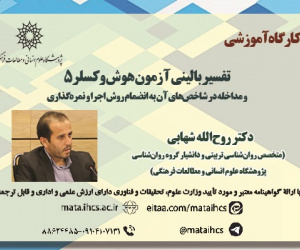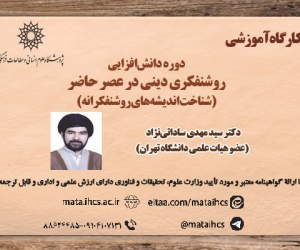اثرات کلان اقتصادی و رفاهی سیاست مالی، مشوق مالیاتی در چرخه تولید (روش الگوی داده های ترکیبی با تواتر متفاوت (میداس)) (مقاله علمی وزارت علوم)
درجه علمی: نشریه علمی (وزارت علوم)
آرشیو
چکیده
در مطالعه حاضر به بررسی اثرات کلان اقتصادی و رفاهی سیاست مالی، مشوق مالیاتی در چرخه تولید با استفاده از روش الگوی داده های ترکیبی با تواتر متفاوت (میداس) برای بازه زمانی متفاوت فصلی و سالانه پرداخته شد. در الگوی برآورد شده از داده های سالانه نرخ موثر مالیاتی، شاخص ترکیبی رفاه اقتصادی، مخارج جاری و عمرانی دولت و داده های فصلی قیمت نفت و نرخ ارز، حجم نقدینگی و شاخص تولید برای سال های 1400-1370 استفاده شده است. مطابق نتایج تخمین مدل؛ نااطمینانی مخارج جاری و عمرانی دولت، حجم نقدینگی، نوسانات نرخ ارز و نوسانات قیمت نفت خام تاثیر مثبت و افزایش امنیت اقتصادی اثر منفی بر شکاف تولید دارد. نوسانات نرخ ارز، منجر به افزایش میزان بدهی خارجی شرکت های تولیدی می شود و افزایش بدهی به طور کل کمبود نقدینگی را به همراه خواهد داشت که در مجموع کمبود نقدینگی بنگاه های اقتصادی اثر منفی بر چرخه تولید دارد. در حالت کلی می توان عنوان کرد که با افزایش نوسان در وضعیت اقتصادی ایران، نااطمینانی در سیاست های کلان مالی و ارزی، نوسانات قیمت نفت و بسیاری از عوامل دیگر، نوسان در بازار ایران افزایش یافته و همین عوامل، دلیلی بر کاهش تولید می باشد.Macroeconomic and welfare effects of financial policy, tax incentives in the production cycle (Mixed data pattern method with different frequency (MIDAS))
Macroeconomic and welfare effects of financial policy, tax incentives in the production cycle (Mixed data pattern method with different frequency (MIDAS)) Abstract: In this study, the macro-economic and welfare effects of financial policy, tax incentive in the production cycle were investigated using the combined data pattern method with different frequency (MIDAS) for different seasonal and annual time frames. In the estimated model, the annual data of the effective tax rate, the combined index of economic prosperity, current and construction expenditures of the government, and the seasonal data of the oil price and exchange rate, the volume of liquidity and the production index for the years 1370-1400 have been used. according to the model estimation results; Uncertainty of current and construction expenditures of the government, volume of liquidity, exchange rate fluctuations and crude oil price fluctuations have a positive effect and increasing economic security has a negative effect on the production gap. Fluctuations in exchange rates lead to an increase in the amount of external debt of manufacturing companies, and an increase in debt will lead to a lack of liquidity in general, which in general, lack of liquidity of economic enterprises has a negative effect on the production cycle. In general, it can be said that with the increase in volatility in Iran's economic situation, uncertainty in macro-financial and currency policies, oil price fluctuations and many other factors, the volatility in the Iranian market has increased and these factors are the reason for the decrease in production. Keywords: fiscal policy, tax incentive, production cycle, mixed data with different frequency.







